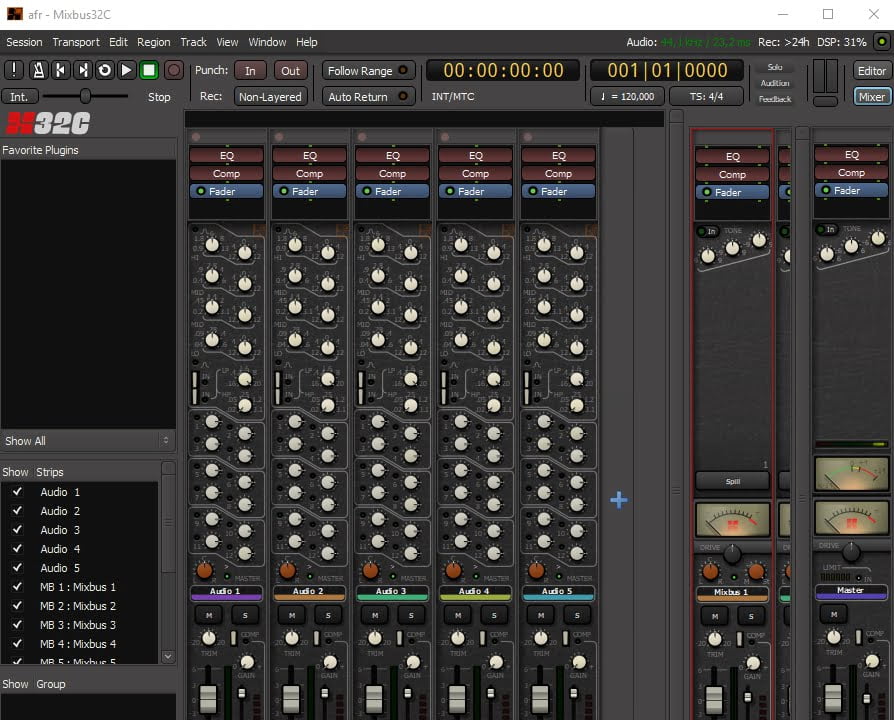

So if we can view sounds as a summation of sine waves, then we also have to realize that these sine waves may need to start at different times and start at different positions to achieve certain complex sounds. Not all phase shift is the result of a signal being time shifted, the phase can also be rotated in place. In our image above the red signal is shifted 90° from the blue signal because the red signal starts at 90° on the blue signal. The phase shift amount is communicated in degrees (or radians) relative to the distance traveled to arrive at that phase location in the reference signal. This value is the difference between the position of the 2 sines (of the same frequency). If we have two signals that we’re comparing then we’re communicating the phase shift. When we only have one signal then we’re communicating phase as a position from 0° to some point in the wave.


 0 kommentar(er)
0 kommentar(er)
